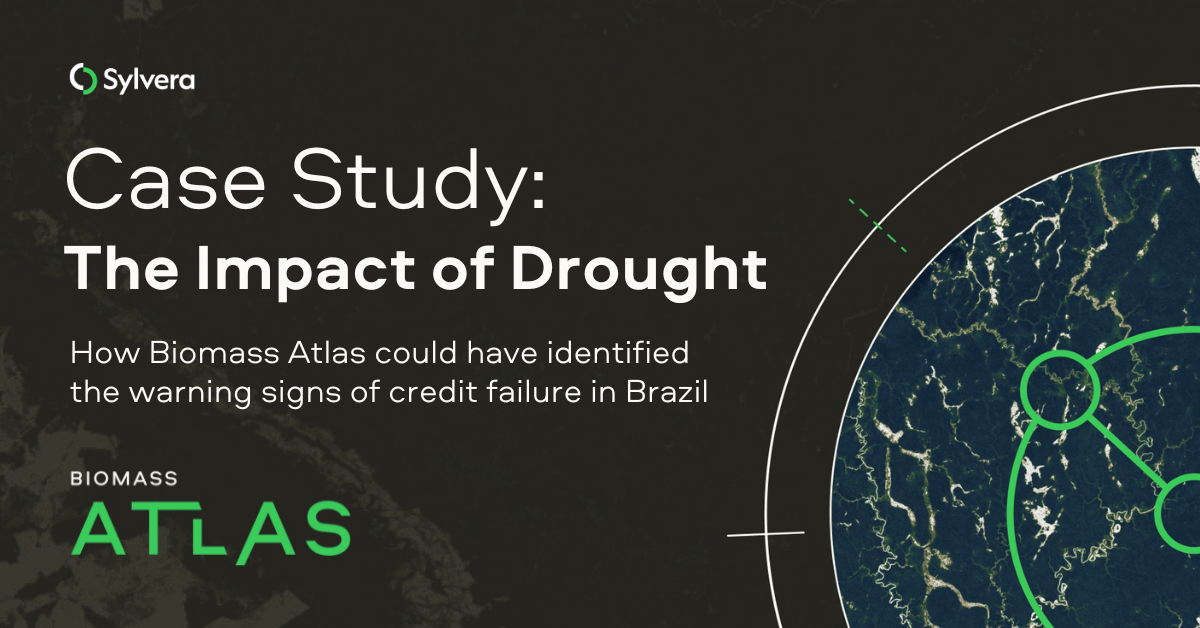“Over the years we’ve invested significantly in our field data team - focusing on producing trusted ratings. While this ensures the accuracy of our Ratings, it doesn’t allow the scale across the thousands of projects that buyers are considering.”
For more information on carbon credit procurement trends, read our "Key Takeaways for 2025" article. We share five, data-backed tips to improve your procurement strategy.

One more thing: Connect to Supply customers also get access to the rest of Sylvera's tools. That means you can easily see project ratings and evaluate an individual project's strengths, procure quality carbon credits, and even monitor project activity (particularly if you’ve invested at the pre-issuance stage.)
Book a free demo of Sylvera to see our platform's procurement and reporting features in action.
To achieve our collective climate goals before it is too late, we need to leverage all carbon avoidance and removal activities at our disposal. Both new carbon removal technologies and nature-based solutions (NBS) or natural climate solutions (NCS) are necessary if we are to reach Paris Agreement targets in time, and maintain a stable climate in the long-term to secure a livable future for all.
Our 2022 Carbon Credit Crunch Report examined how and why the Voluntary Carbon Markets (VCMs) were experiencing a major increase in demand. Demand for carbon credits in 2021 was driven by the growing interest of the public, shareholders and investors in Environmental, Social and Governance (ESG) performance, and specifically the push for large companies to set ambitious net zero commitments. Another unexpected source of demand in 2021 was the rise of the carbon crypto movement, which resulted in an additional 15 million credits being retired.

Carbon projects are diverse and deliver unique benefits
The voluntary carbon market is made up of thousands of projects, which span a range of project types. While removals are growing in popularity – particularly technology-based solutions like direct air capture (DAC)– these projects can be costly and take time to scale, which is why they make up a small percentage of the market.

Both avoidance and removals projects have an important part to play in mitigating climate change. As well as restoring our world's natural ecosystems, sustainable climate strategies also require protection of our current ones. For instance, the rate of global deforestation is approximately 13 million hectares per year, which has been estimated to contribute 8-12% of net emissions. Nature-based projects can offer a solution to this alarming problem.
What’s more, according to Bain, “given their potential to abate greenhouse gas emissions, their comparatively low marginal costs, and their ability to deliver other benefits, NCS are expected to be a key component of any pathway that limits global warming to well below 2 degrees Celsius above pre-industrial levels, in line with the Paris Agreement. NCS could account for 37% of total mitigation efforts – about 11 gigatons of carbon dioxide out of the net 30 gigatons that need to be abated each year – while also delivering economic and social benefits, such as restoring ecosystems and securing the transition to low-carbon livelihoods for communities that depend on natural resources.”
Sylvera started with the biggest category: nature-based solutions
Currently, the largest category of carbon credits are nature-based solutions, which accounts for nearly 45% of the voluntary carbon market. Compared to newer technologies, nature-based solutions come at a lower cost and already exist at scale. This is the reason why Sylvera started with rating this project type first, specifically looking at REDD+ and then ARR projects.

Within nature-based solutions, you’ll encounter a diverse range of project types and their carbon credits offer unique benefits:
- High-quality NBS (ie REDD+) are available right now, at scale; removals (ie ARR) simply do not exist anywhere near the scale we need right now.
- Natural ecosystems are a tremendous carbon sink, but they are being destroyed and releasing carbon into the atmosphere every day; a top priority must be to reduce and eliminate deforestation.
- NBS avoidance credits are compatible with SBTi’s Corporate Net-Zero Standard.
- High-quality NBS deliver co-benefits to local communities and biodiversity.

Our ratings due-diligence extends to technological solutions
Renewables credits the next largest category in the VCMs. Renewable energy is a valuable tool in the climate strategies, they are designed to help shift our reliance on traditional fossil fuels to cyclic and naturally replenished energy.
Our renewables framework goes beyond existing methodologies to provide buyers with independent, reliable and quantitatively driven assessments on Wind, Solar, Hydroelectric and Geothermal projects.

Expanding our carbon ratings coverage
In 2023 Sylvera will continue to expand coverage significantly, adding new project types to the platform. We'll have also included ratings of pre-issued carbon credits, as we know there's demand for visibility into upstream projects.

We offer unrivalled depth in carbon project ratings and assessments, providing buyers and traders with the full picture of carbon projects. To achieve this, we first invest in building rigorous ratings frameworks and production systems for each project type. Then we apply the framework to rate individual projects.
Learn more in our white paper or get in touch to find out more about Sylvera’s ratings platform and the carbon projects we cover.
Source: Berkeley Voluntary Registry Offsets Database (updated Feb 22); figures are not absolute.















